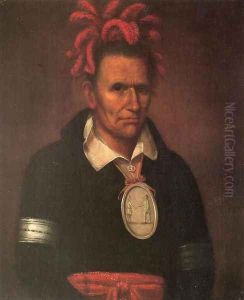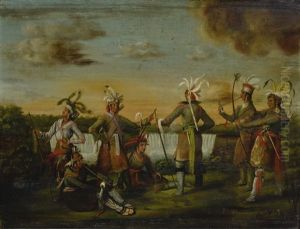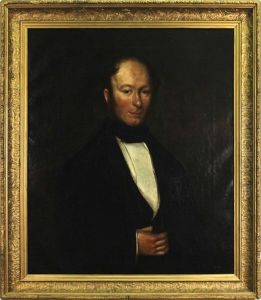John Lee Douglas Mathies Paintings
John Lee Douglas Mathies, often known simply as Douglas Mathies, was an American artist whose life and career were unfortunately abbreviated due to his untimely death. Born in 1845, Mathies's artistic journey began in an era marked by the Civil War and significant cultural transformation in the United States. Despite the paucity of extensive records on his life and works, Mathies is recognized for his portrait paintings, which captured the likenesses and nuances of his subjects with a distinctive style.
Douglas Mathies was born into a period of artistic evolution, where American art was beginning to find its unique voice, separate from European influences. He was part of a generation that saw the rise of American landscape painting, particularly the Hudson River School, although his primary focus remained on portraiture. Mathies's works are characterized by their attention to detail and the emotional depth he managed to convey through his depiction of sitters.
Tragically, Mathies's life was cut short when he died in 1877 at the age of 32. The reasons for his early death are not widely documented, which is a reflection of the broader lack of information about his life and career. Despite his premature passing, his contributions to American portraiture during the 19th century are still appreciated by art historians and collectors. His portraits remain a testament to his skill in capturing the human spirit, and they offer a glimpse into the faces and personalities of his time.
Due to the brevity of his career, Mathies did not leave behind a vast body of work, and as such, his name is not as familiar in the annals of art history as some of his contemporaries. Nevertheless, his surviving paintings are cherished for their historical value and artistic merit. They serve as a reminder of the rich tapestry of American art history and the many talents like Mathies, whose legacies, although limited by their short lives, continue to be recognized and honored by art historians and enthusiasts alike.


